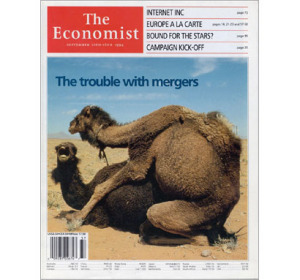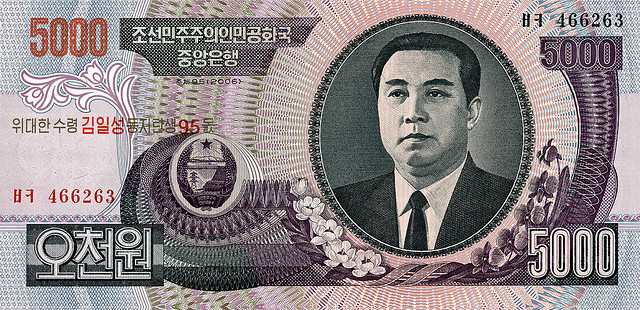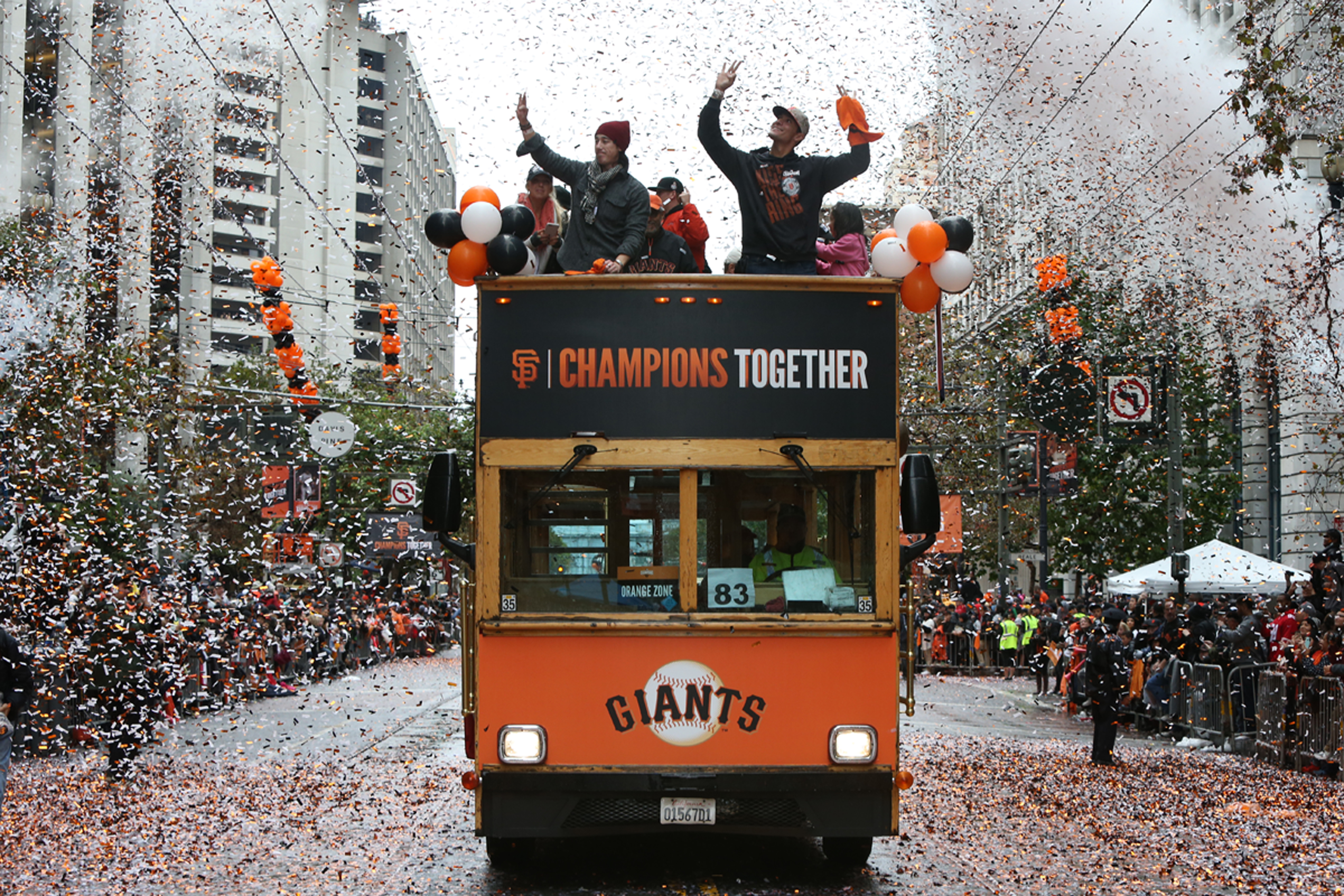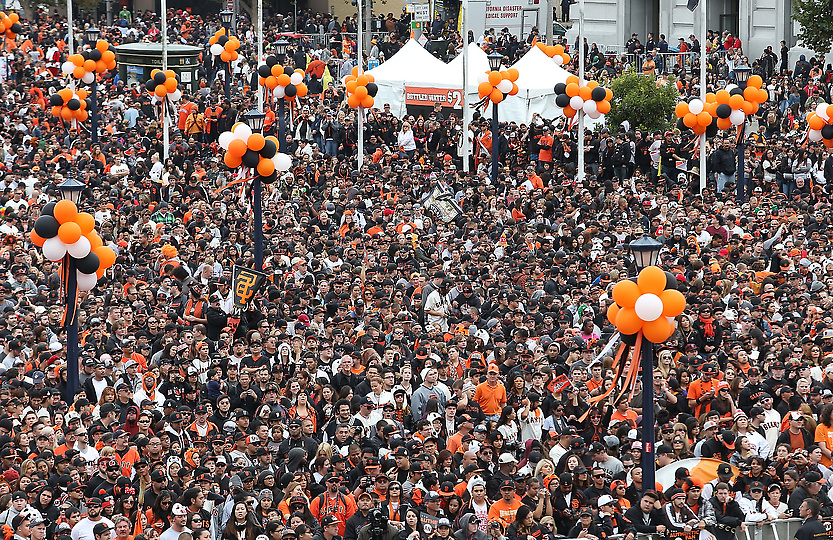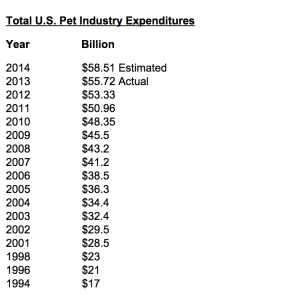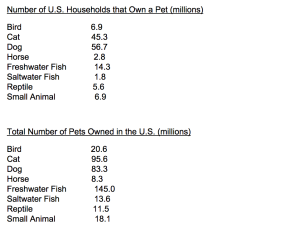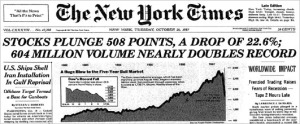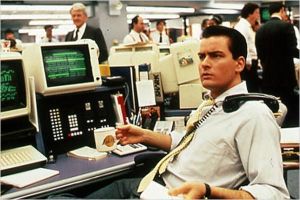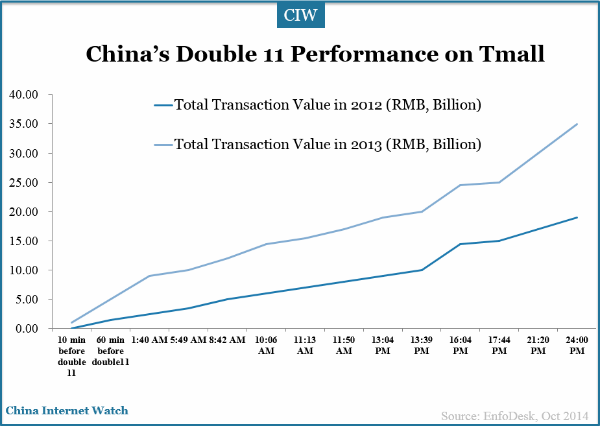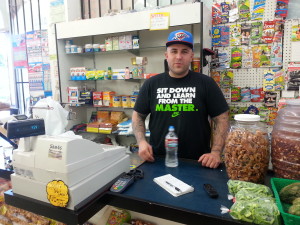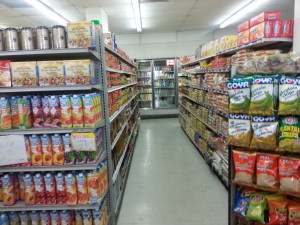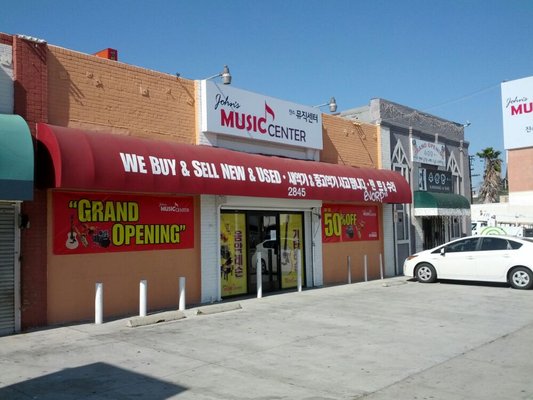Thousands and thousands of green glow sticks are waving, the crowd is cheering. Then a blue light gleams in the darkness when a sound of spaceship whooshes up. This reveals the opening of Hatsune Miku live concert in Nokia Theatre, Los Angeles, in October 11, 2014.
On stage, Miku is around 20 feet tall and looks like a young girl with long turquoise bigtails, dressed up in a black skirt and gray thigh-high tights. She is 16 years old according to the data sheet released by Crypton Future Media, Sapporo Japan, while the company launched this program.
The phenomenon may look the same to any concerts you have been to, except for the singer is not real. Hatsune Miku is a virtual character voiced by a singing synthesizer application. But she can move and dance like a real pop star on stage by using projected holograms. [Read more…]

